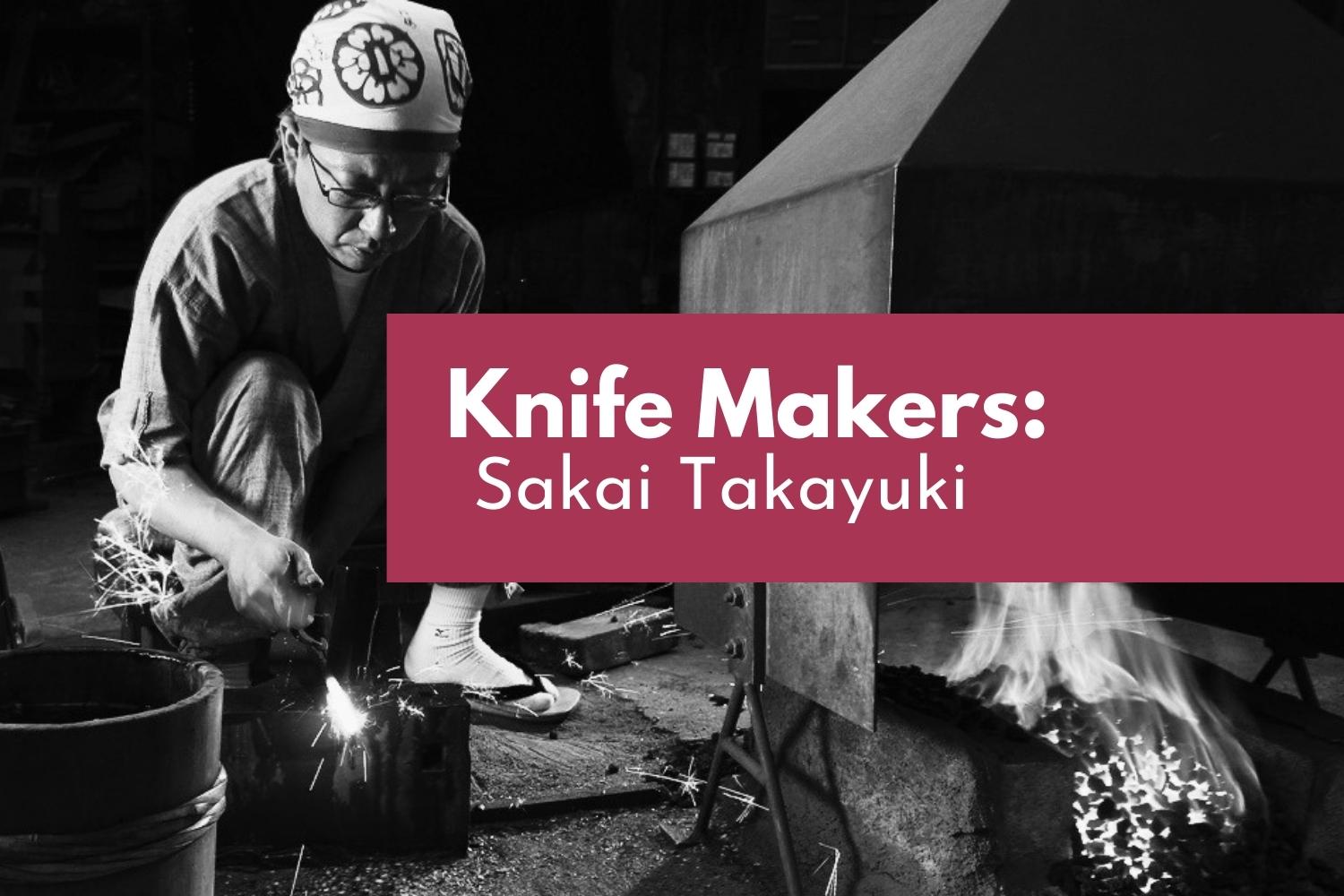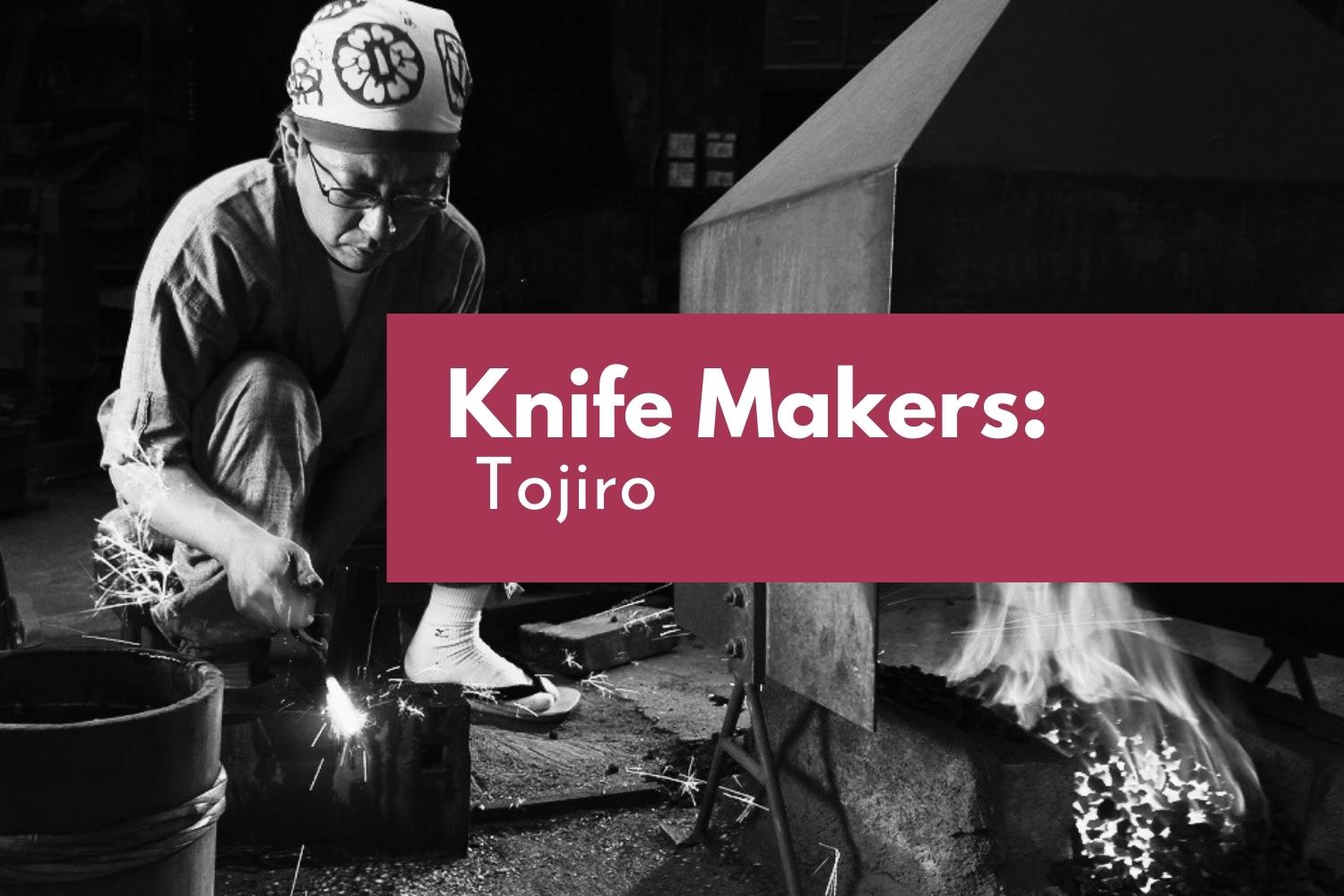Location
Sakai, Osaka Prefecture, Japan
Company Overview
Sakai Takayuki is a well-known maker of traditional Japanese kitchen knives. Cultivated with a 600-year-old history, the business started in the late 16th century when the knife was needed for cutting tobacco leaves. Sakai produced what is called the “tobacco knives.”
Knife Types
Sakai Takayuki kitchen knives have two types; the first one is a single-edged “Japanese knife” with two layers, the cutting core and cladding attached. It is hard and sharp, which is why it is perfect to use in cutting delicate foods such as fish and meat. Professional Japanese chefs use this for cutting food beautifully without allowing the food to stick to the knife.
The second type is the double-edged “Western knife,” mainly used at home. This type of kitchen knife is made from stainless steel. It has evenly-fair surfaces that enable you to cut food symmetrically, even cutting straight from above.
Best Known For
Sakai is best known for their traditional craft and was given a unique hallmark called “Sakai-kiwame” for the knife’s sharpness. The Sakai kitchen knives are carefully made by professional artisans and receive good reviews from various professional chefs.
Steel used
Sakai Takayuki kitchen knives with a mirror finish blade are made from high carbon steel known as the Yasugi steel. This material has been widely used for a long time to make high-end Japanese kitchen knives. It has an extraordinary hardness known for having the highest wear resistance and toughness.
Handle used
Sakai’s knife handles are customised to the right size, shape, and weight by the great handle maker made from different types of wood. The Magnolia, Karen wood, and Ebony into the handles with buffalo horn trimmings.
Magnolia wood is the most commonly used kitchen knife handle. The reason is because of its water-resistant, soft, and light in colour qualities. It also provides a textured grip to prevent slipping while cooking.
Another example is Rosewood, a strong and heavy wood that makes it durable and dense. Then last is Ebony, a dense, heavy, and valuable ornamental lumber that has a smooth finish when polished.
Sharpening and Maintenance
Sakai Takayuki kitchen knife is recommended to be sharpened regularly.
Follow this process in sharpening the Sakai knife using a waterstone.
- Soak the waterstone first in water for 20 minutes, allowing the water to penetrate the pores.
- After soaking, place it in a damp cloth so it won’t wobble.
- Place the kitchen knife flat on the stone facing the blade in front of you and tilt the blade about 15 degrees.
- Hold the handle firmly. Push the knife rhythmically from front to back without applying force on the entire blade length
- Gently pull without power when moving from back to front.
- Repeat the procedure on the other side.
Sakai knives require daily care to prevent rusting and dullness. Wash it after use, dry thoroughly and store correctly.




